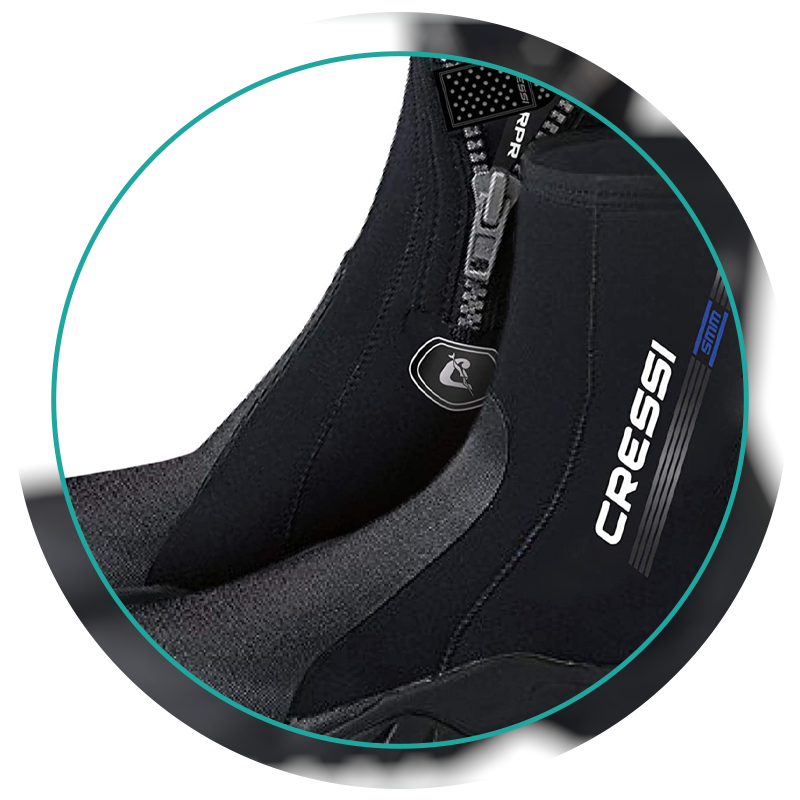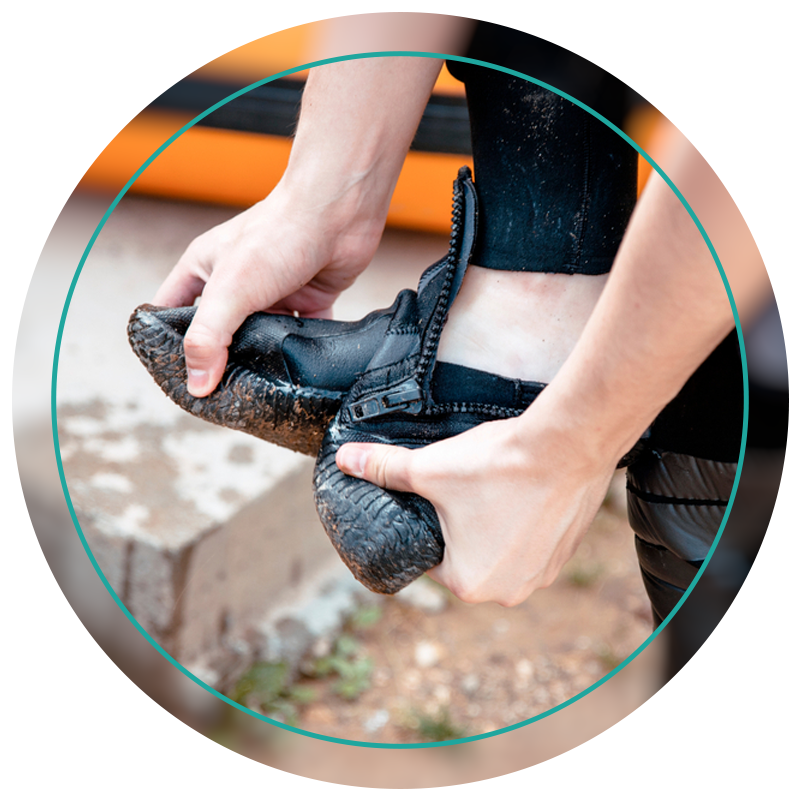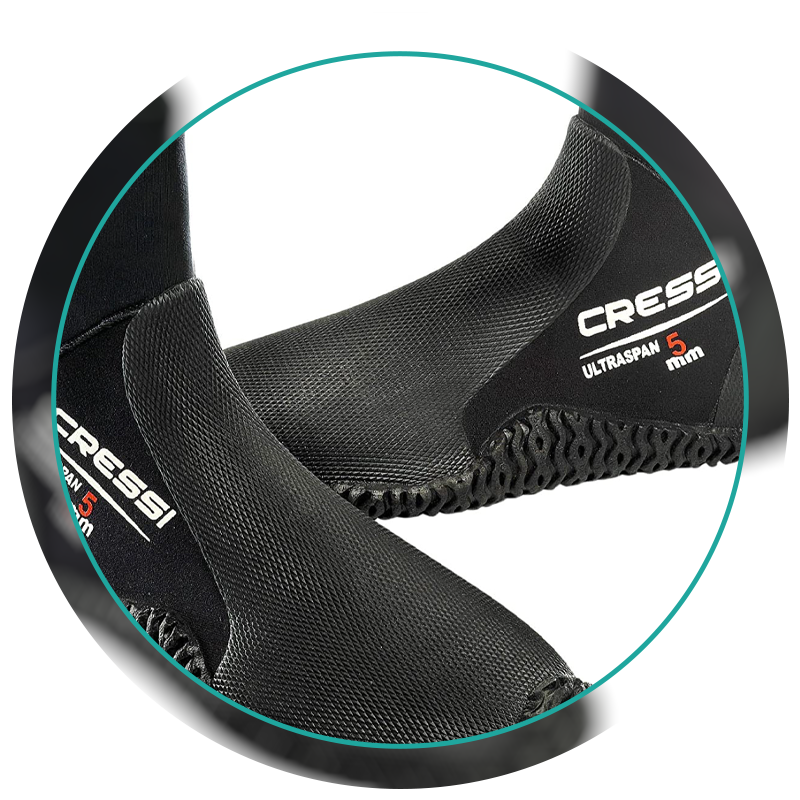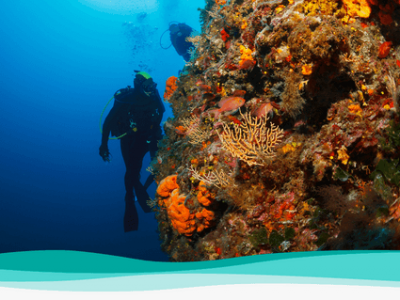Scuba Diving Essential Equipment
Scuba diving is a fantastic hobby. Exploring new locations, experiencing the wonder of underwater worlds, encountering the varied and fascinating marine life – it’s exciting! But be aware that there are several pieces of equipment that are crucial, no matter your age or level of experience.
The name “scuba” is actually an acronym for ‘Self-Contained Underwater Breathing Apparatus’. Since 1967, PADI has issued more than 27 million divers’ certifications worldwide. The number of scuba divers is said to be increasing by around one million people a year, making it one of the world’s fastest-growing sports.
There are now up to nine million scuba divers worldwide, according to the latest estimates. While diving organisations such as the Professional Association of Diving Instructors and insurance companies record the annual statistics, there may be even more divers who have not been taken into account!
Buying scuba diving equipment can seem a daunting prospect to a novice. If you’re newly certified, you may be left wondering what scuba gear to buy for the greatest safety and enjoyment.
Before you go shopping for scuba diving clothing and equipment, it’s important to compile a list of the essential items you’ll need to explore the seas. Safety is paramount for every sport – particularly for one that takes places underwater!
Read our guide to find out why the various different pieces of equipment are essential.

Wetsuit

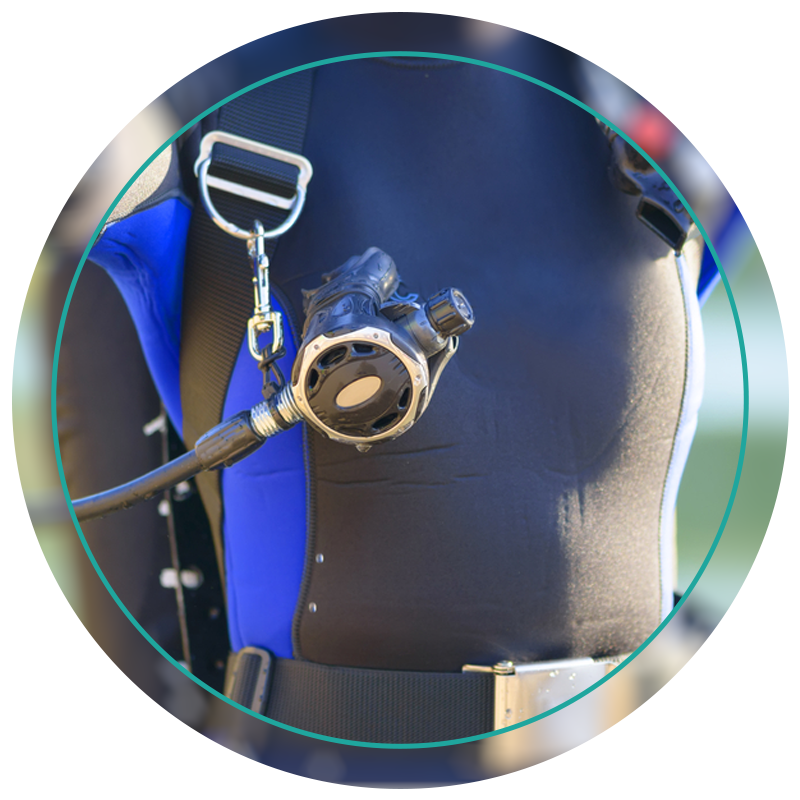
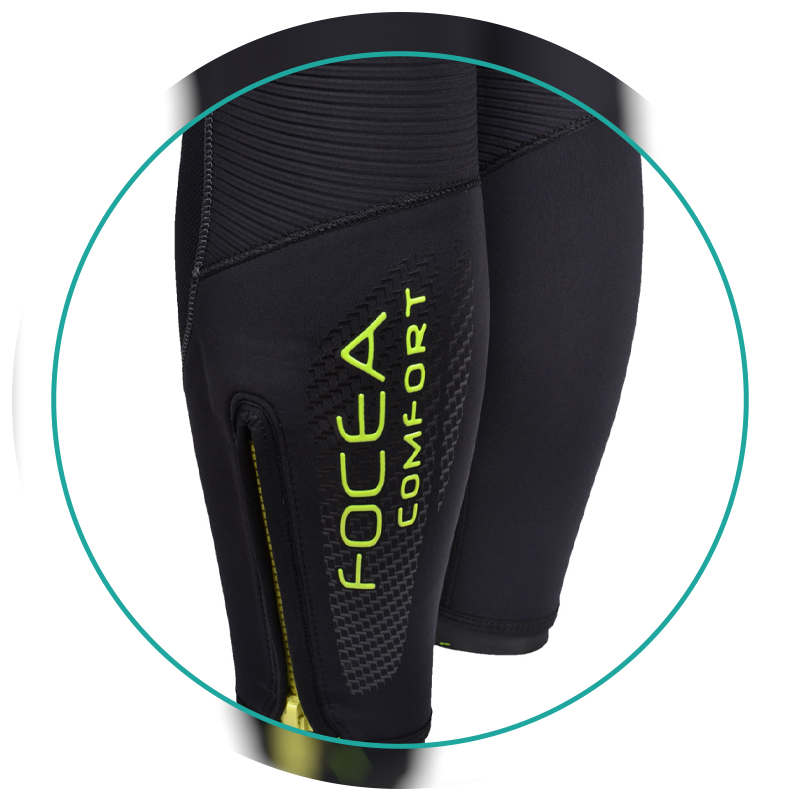

Diving Fins
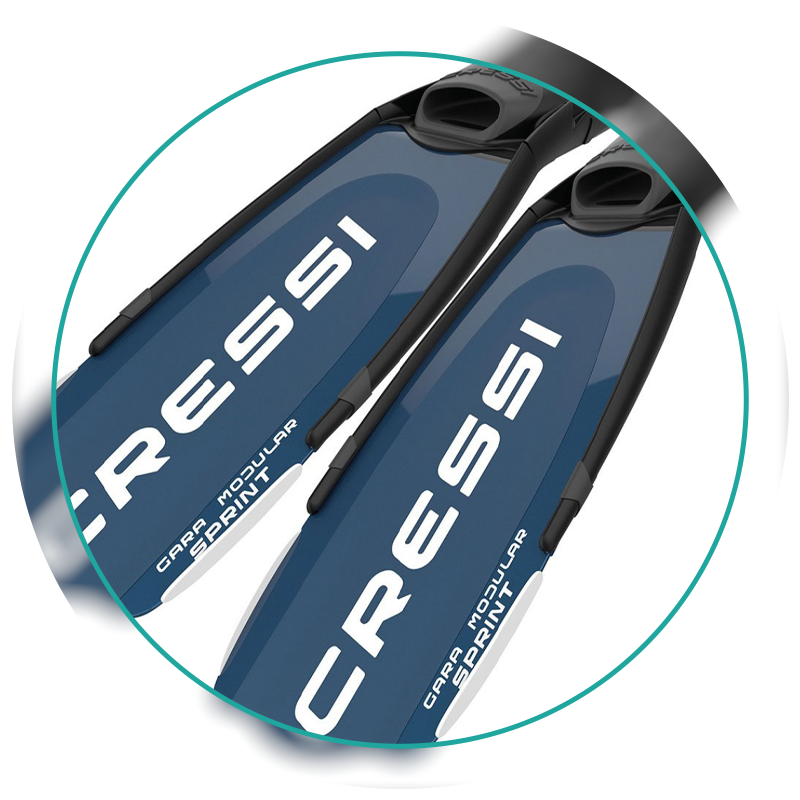
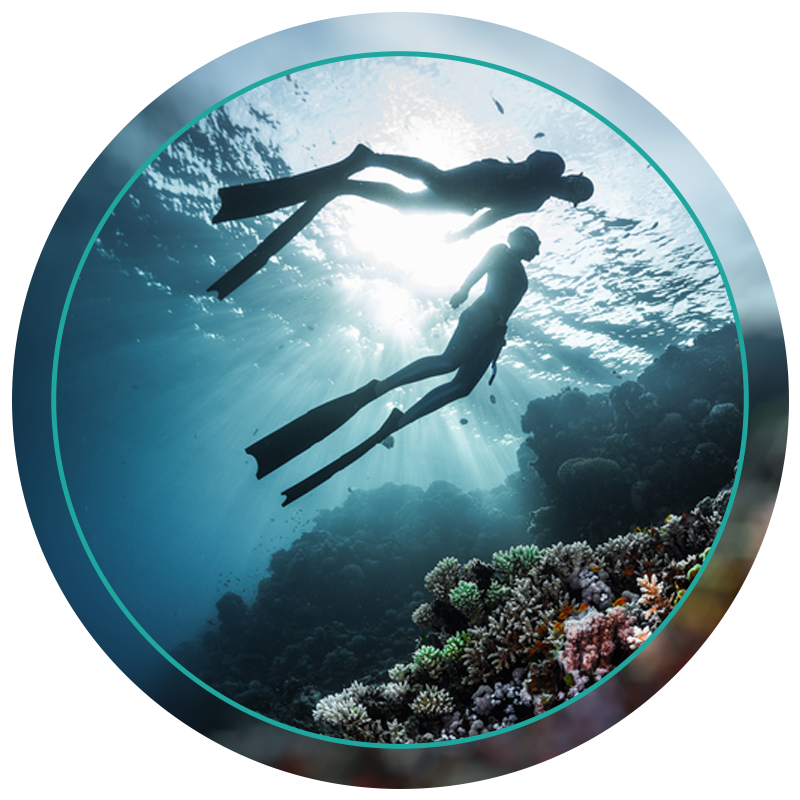
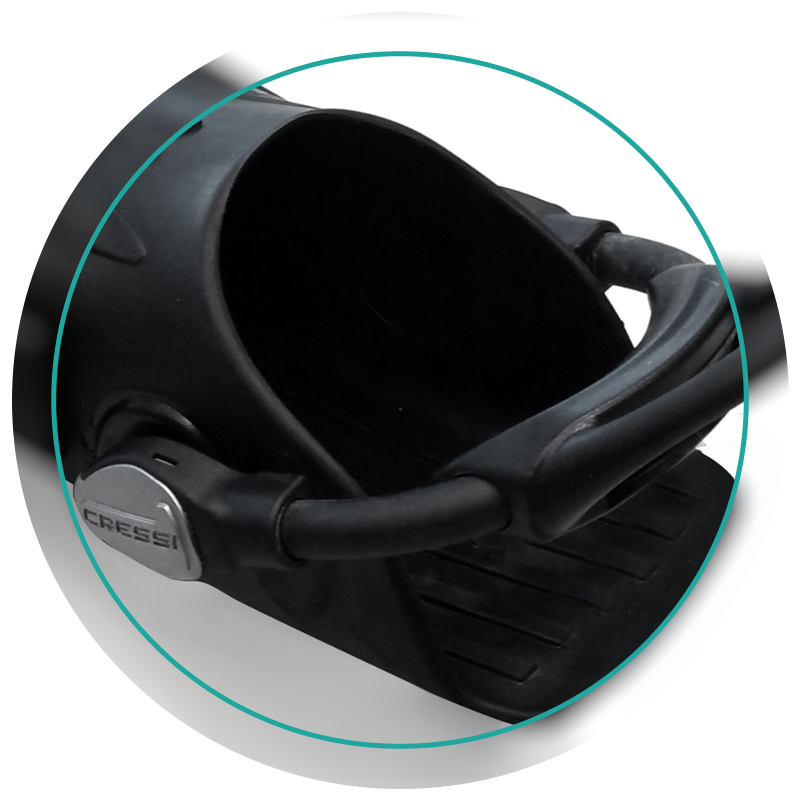
You simply can’t go scuba diving without a reliable pair of diving fins, as they are essential to help propel you through the water. The scuba diving experience is much more fun when you’re able to swim effortlessly undersea. The scuba fins enable this ease of movement, giving you greater agility and speed for your underwater adventure.
Wearing scuba fins enables you to explore properly, using less energy, rather than growing tired quickly due to the greater effort of swimming without fins. Comfort and efficiency are both equally important when it comes to choosing fins, so ensure they’re the right size and fit before splashing out your money.
Just like ordinary shoes, if they are too loose, or too tight, they may chafe and cause blisters. They could even start slipping off if too big. They should be a snug fit, without being too tight, for the best experience.

Scuba Mask
A first-rate diving mask is also vital, as our eyes aren’t made to work well underwater. Scuba diving without a mask will most likely result in blurred vision and irritated eyes. This is why a diving mask is one of your top priorities when it comes to essential equipment. There’s no point in scuba diving when you can’t see your surroundings clearly!
A scuba mask is a specialist piece of equipment, made of tough materials, such as silicone and tempered glass, that can withstand underwater pressure. It enables the scuba diver to see clearly, while also enclosing the wearer’s nose, equalising the pressure in the mask so it doesn’t suction onto their face.
A high-quality scuba diving mask can enhance your diving experience. It’s possible to rent diving masks in some places, but it’s far better to buy a new one that fits perfectly and meets your personal needs.
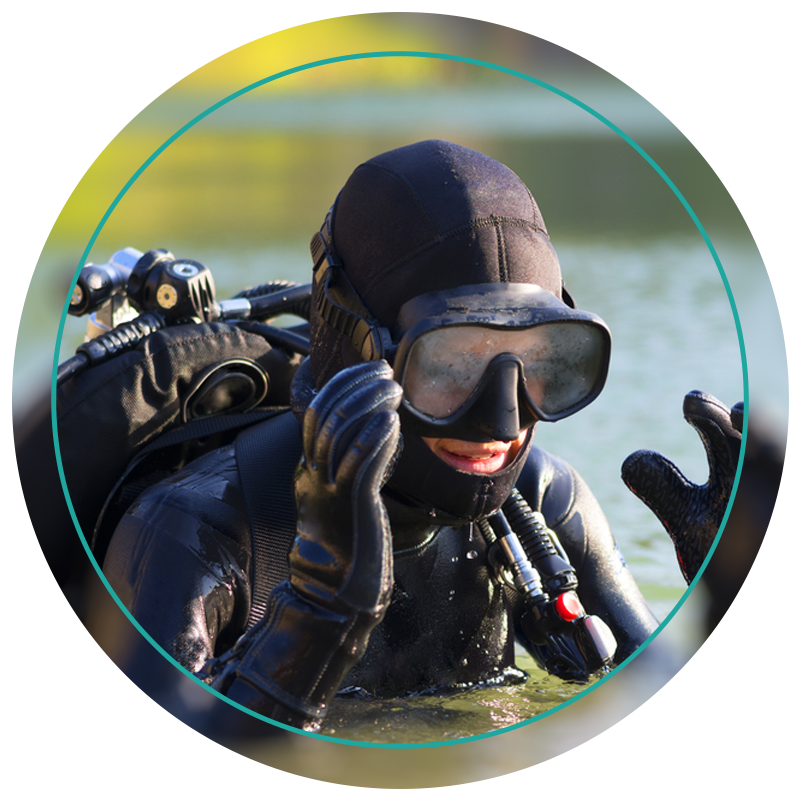

Regulator
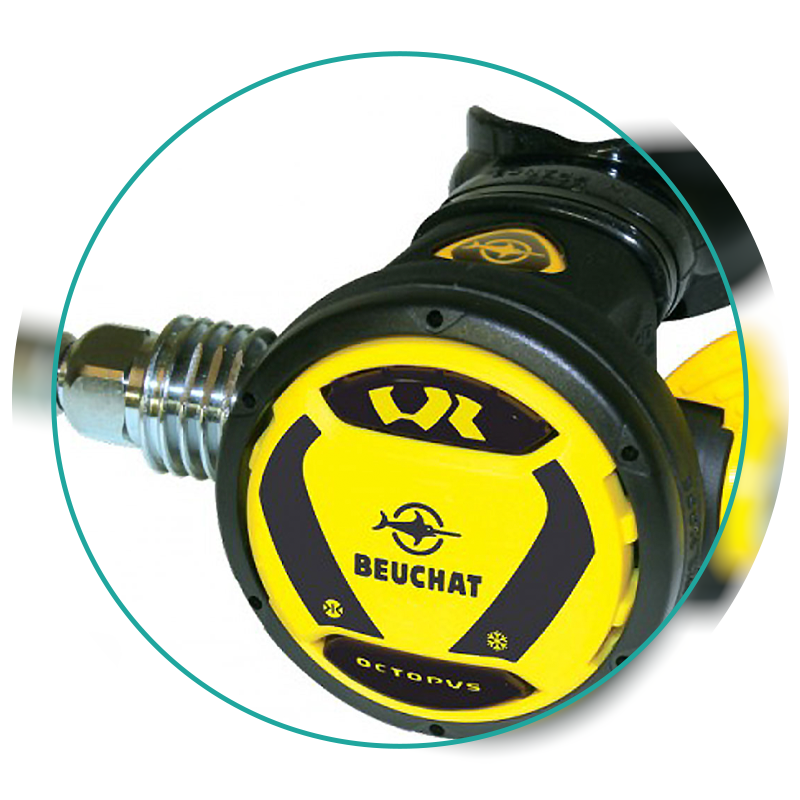
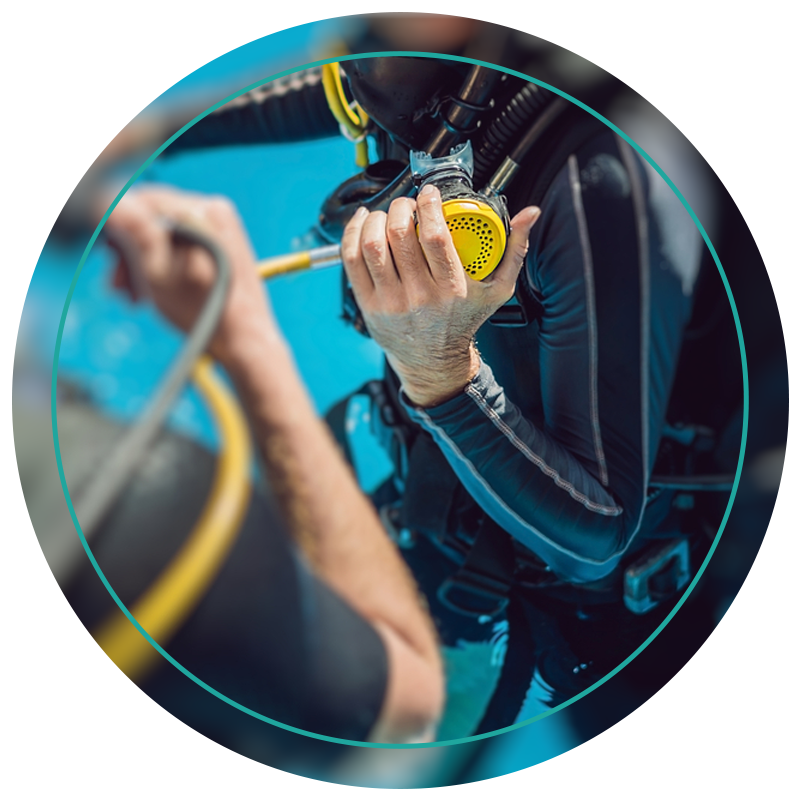

Another vital piece of equipment, scuba divers breathe through a regulator when they are underwater. The regulator controls the pressure of the breathing gas when diving. The most common type of gas pressure regulator reduces the supply of pressurised breathing gas to ambient pressure to deliver it to the diver, but there are other types of regulator used for diving applications.
There are various types of gas pressure regulators on the market to provide the appropriate air supply at the relevant pressure. This ensures the diver can breathe naturally, without a great effort, regardless of the depths they reach.
The regulator’s first stage reduces the pressurised air from 300 bars – a high level – to intermediate level at 10 bars. The second stage reduces the intermediate pressure to ambient pressure for easier breathing.

Depth Gauge
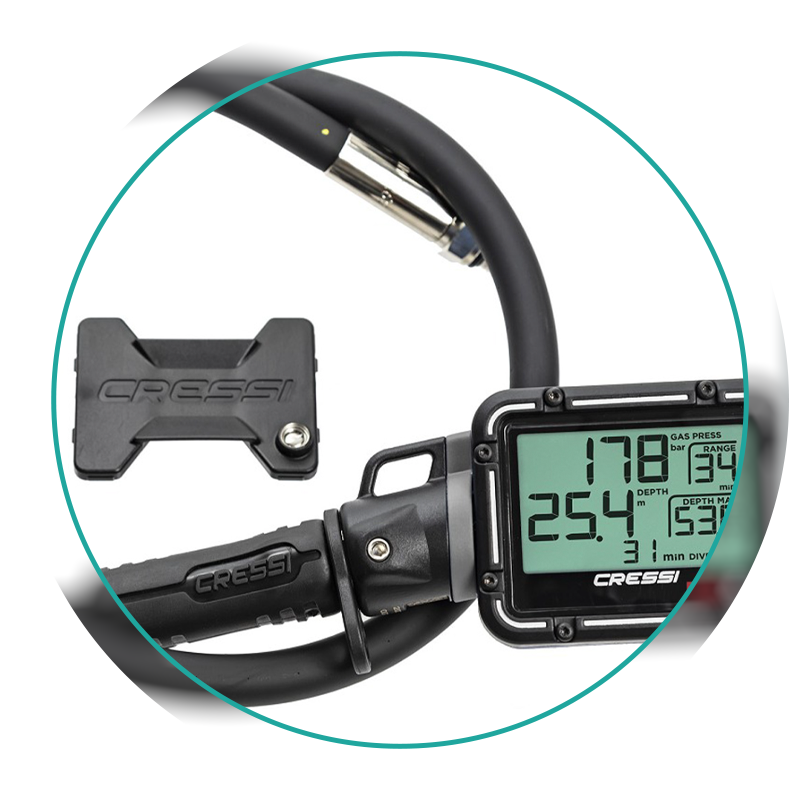
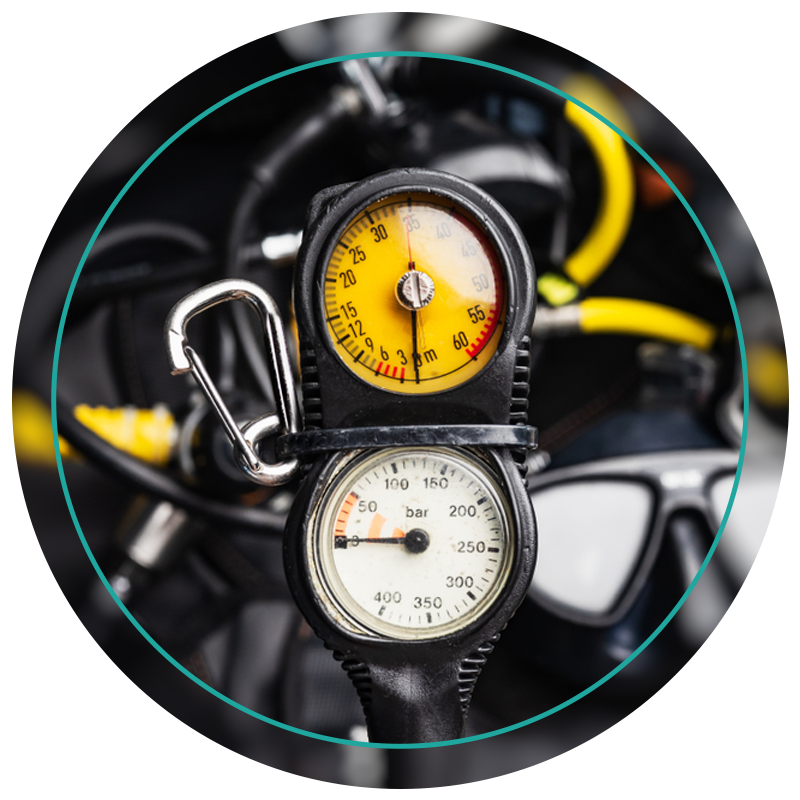


Diving Cylinder
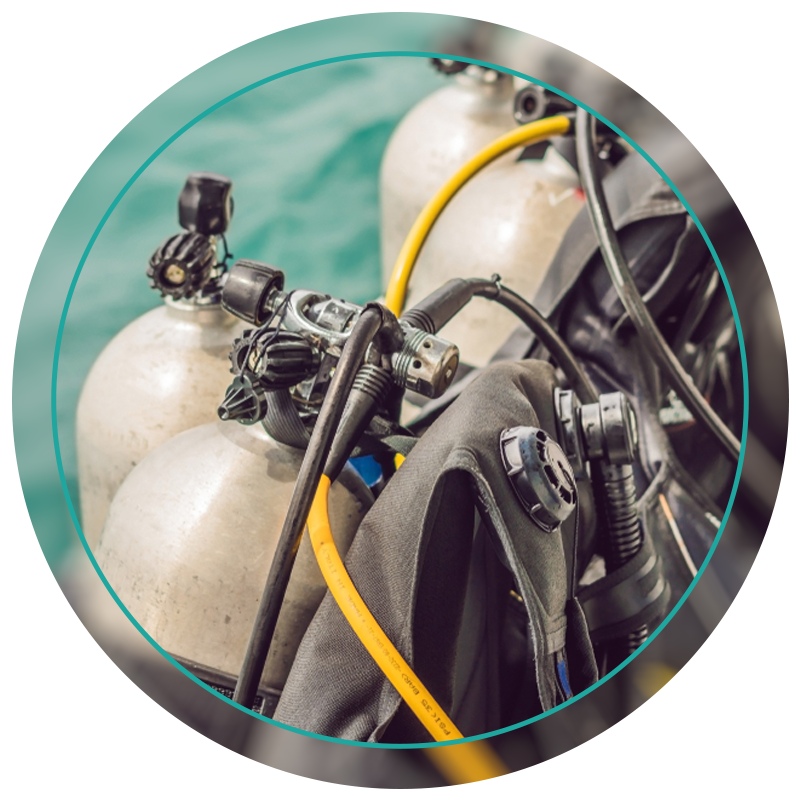
It is incorrect to call the diving cylinder an oxygen cylinder – a mistake often made by new divers. Any experienced diver knows that a standard diving gas is used, rather than pure oxygen. It can be air, or a mix of other gases, including nitrox and various technical mixtures.
This cylinder is perhaps the most crucial piece of scuba equipment, as it contains the pressurised air to allow divers to breathe underwater. Pressurised air is used because the pressure of the inhaled air must balance the ambient or surrounding pressure to allow the lungs to inflate.
If you’re scuba diving under even a metre of water and try to breathe through a tube from the surface, it will be almost impossible to do so – hence the need for the pressurised air canister.

Submersible Pressure Gauge
A submersible pressure gauge is vital, as it displays the amount of gas remaining in your scuba tank. You must monitor your supply of air or gas when you’re underwater, as your life depends on it, literally. Estimate how much gas will be required for your chosen dive and choose the relevant sized tank.
Track your progress with the submersible pressure gauge to ensure you always surface in time. The amount of air consumed on a dive is one of the things that separates an experienced scuba diver from a beginner, as an accomplished diver is more efficient and will use less air than a novice.
It’s often the case that a beginner will return to the boat with just their reserve pressure, while their instructor will still have a half-full tank. With experience comes the ability to use your gas or air more efficiently but even skilled, long-time scuba divers still need to use a submersible pressure gauge.
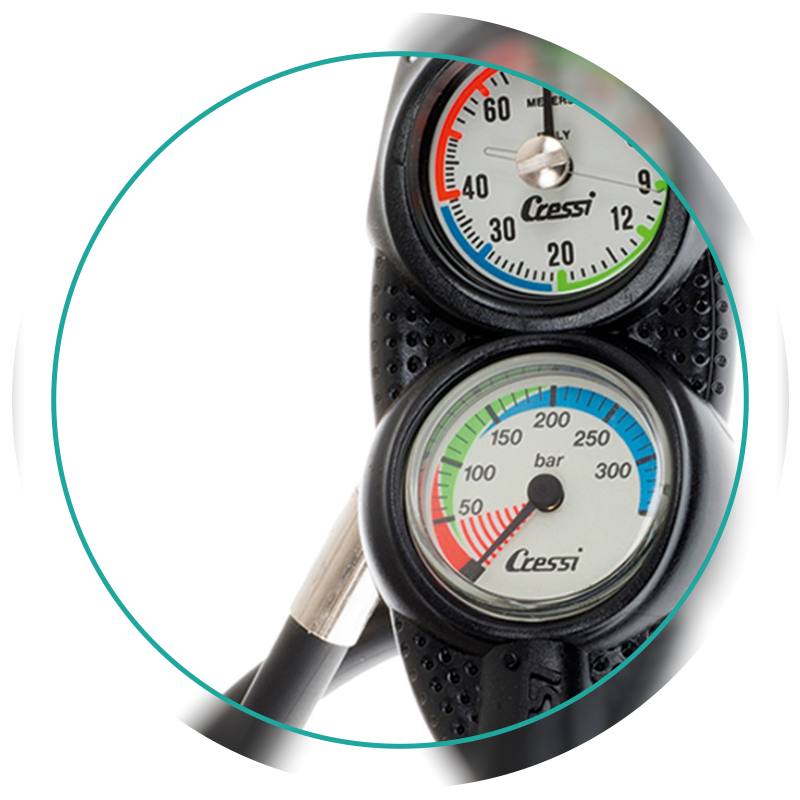

Compass
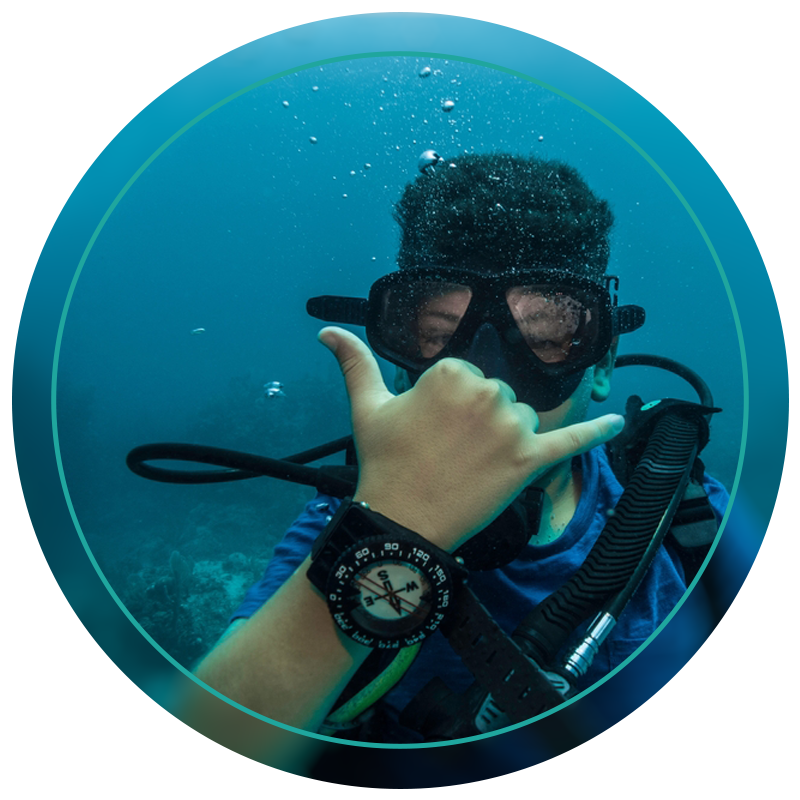
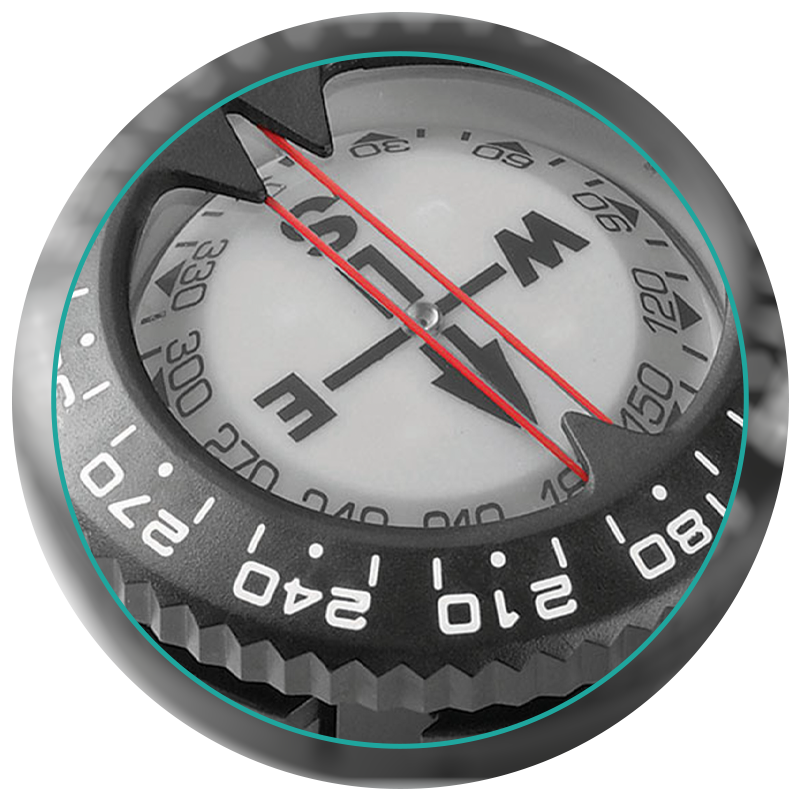

A compass helps divers to know where they are – even in low visibility underwater. Scuba diving compasses can help the user to locate their current position, or to follow a previously established route.
Scuba diving instructors value compasses so highly that they begin teaching novice divers how to use them during their Open Water Diver Course. Later, they improve their knowledge during the PADI Advanced Diver Courses. The reason for this is that an underwater compass can be quite a complex piece of equipment and is of vital importance to a diver’s safety.
It’s constructed in four key parts: the main window that indicates north, south, east and west and 360 degrees; the slide window that also shows the information in degrees; the upper rotating bezel, used to set starting directions and make turns during the navigation; and the lubber line, used to set the course where the user plans to go. A diver needs to properly understand how to use the compass and all its functions.

Diving Footwear
